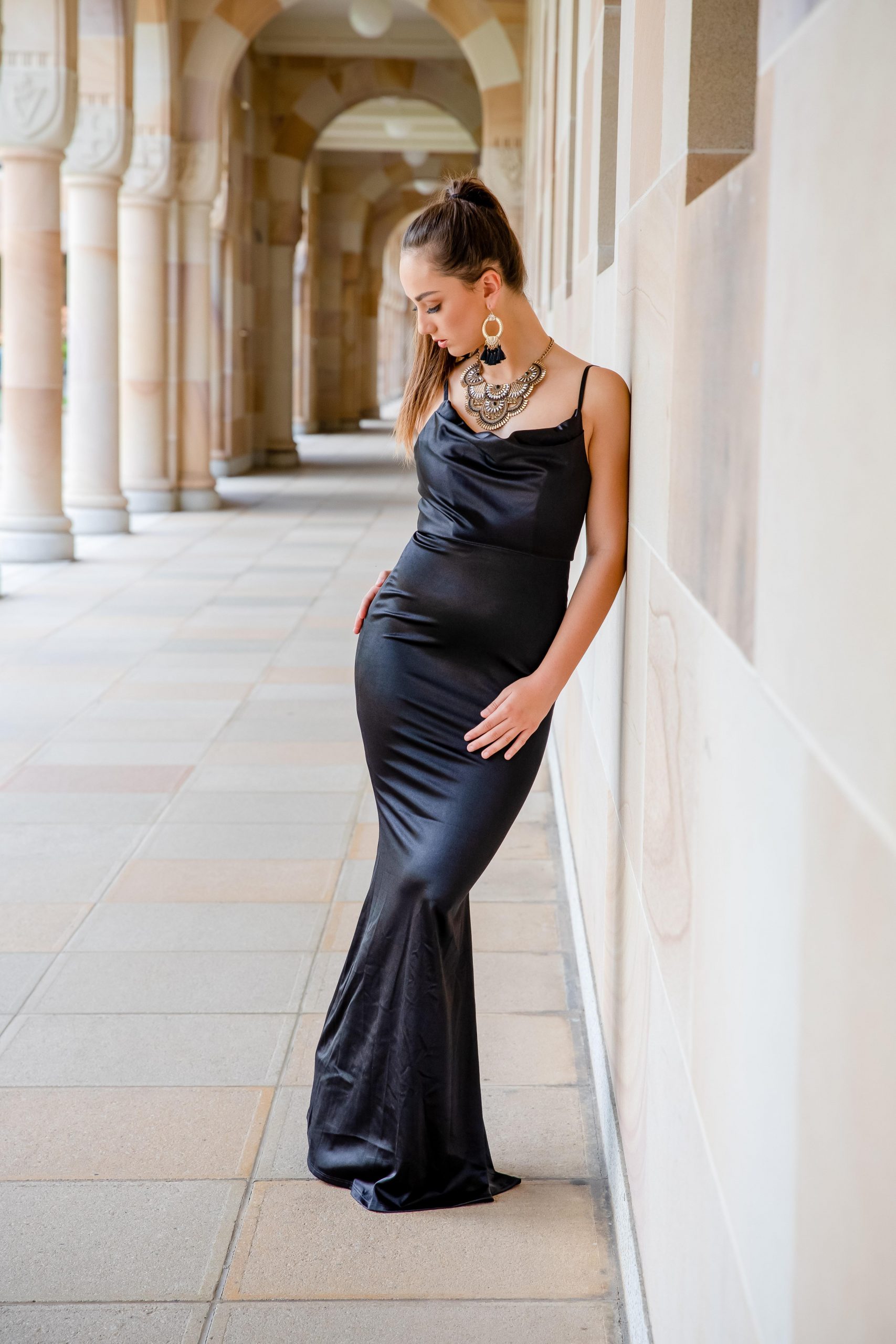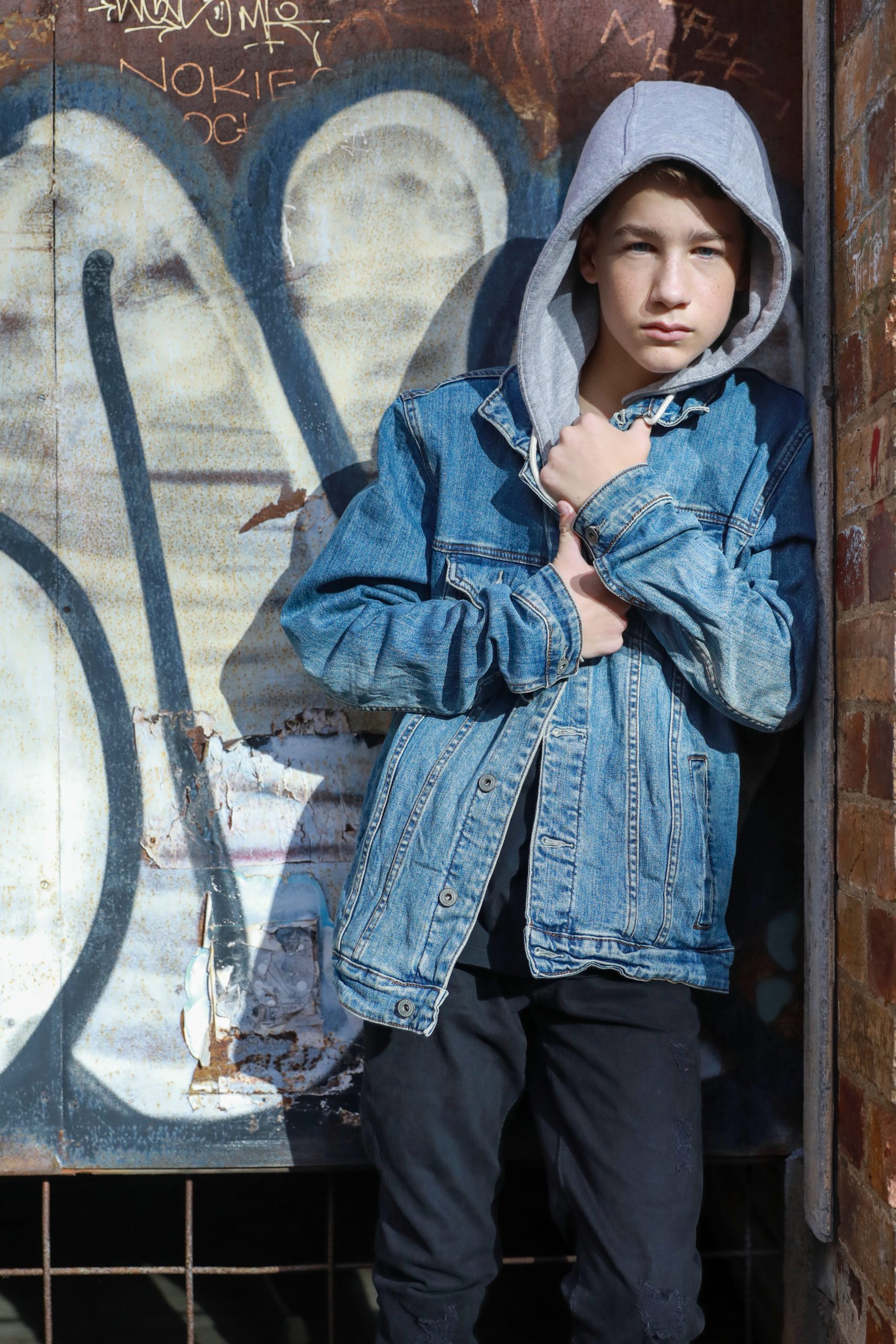The Novice's Overview to Product Photography
If a picture is worth a thousand words, a spectacular product photo is worth a thousand site brows through. Although I don't have data to support that statement (yet), product photography can be incredibly useful to your ecommerce web site approach.
To reach your target audience members that prefer purchasing online, you also need to offer your audience clear, eye-catching photos of your products.
But product photography isn't as simple as aiming and firing. Even one of the most basic items need the right equipment, illumination, and also space to produce gorgeous pictures that offer consumers right from the acquisition web page.
6 Product Photography Tips ( and also Examples) for Taking Pictures That Sell
Below are the suggestions, instances, and also products you'll need to properly picture as well as market your products in a manner that makes your site visitors and prospects wish to transform.
1. Do not hesitate to utilize your smart device's cam.
This is the component where I'm supposed to convince you to purchase a high-end, 50-megapixel (MP) video camera with a 100-millimeter screw-on lens. Yet I'm not mosting likely to do that.
If you already have a electronic camera that fits this summary, make use of it. But for lots of types of products, it's totally acceptable to shoot product pictures on a smartphone.
More recent smart devices flaunt powerful video camera lenses and also settings that permit you to maximize your shots for the various kinds of light as well as environments you might fire in.
If you need a lot more persuading, just have a look at Apple's Shot On An iPhone project as well as the photos that have arised from it for many years such as this:
2. Fire from a tripod for photo consistency.
Before describing tripods, I'm obligated to begin with a cardinal policy: Do not prop your phone versus something sturdy to intend your lens toward the topic.
It's simply as well very easy for this makeshift setup to slide around throughout the shoot and also create inconsistencies in your photos' appearance. If you relax your camera on, say, a stack of publications, just make certain this setup doesn't alter over the course of the shoot.
There's no harm in holding your cam on your own when firing just a few product images for your ecommerce internet site. But as your organization grows, as well as you take more photos of more items, it can be challenging to systematize the product's alignment in each photo when firing handheld.
To guarantee uniformity throughout your products, you'll need a tripod. As well as fortunately, getting one isn't always the large, industrial-sized financial investment it used to be.
Here are 2 kinds of tripods to think about.

Standard vs. Versatile
This is a custom tripod-- there are typical tripods offered for both electronic cameras and mobile phones.
A adaptable tripod can be manipulated in a number of ways. You can flex its legs as well as position it on different surface areas to obtain the angle you require.
Mobile Hold
There's usually a screw on the top of your tripod which affixes to your electronic camera to hold it in position. The underside of many professional-grade cameras has a screw hole just for this objective, but smart devices can use the adhering to adapter:
The adapter holds the sides of your smart device and can screw into either sort of tripod, permitting you to operate the cam controls with the phone screen facing outward and also towards you.
When you establish which install you'll require, set it up in front of your product, and also think about placing 3 items of tape on the ground to mark where you want to keep each leg of your tripod throughout the shoot.
3. Choose all-natural light or man-made light.
Never underestimate exactly how certain kinds of light can enhance (or hinder) your product photography. Bear in mind, buyers get the most effective consider an product face to face, where they can see every little thing they need to before acquiring. The right lighting plan aids you disclose those critical decision-making product attributes when all site site visitors have to go on is a photo.
A single lights configuration may not work for every product-- a lights setup that works for some items could weaken the appearance of others.
There are two sorts of light you can choose as your primary source of light: all-natural and fabricated light.
Natural Light
Natural light describes sunlight-- simple as that. It's likewise known as "soft light" since the sun casts a larger, softer range of light than, say, a lamp beaming directly on the product. Ecommerce product shots prosper in natural light if:
The product is shot outside or implied to be utilized outside.
The product is made use of by, endured, or shot with a individual ( individuals have a tendency to look much better in all-natural light).
You're attempting to stress the product's environments, instead of specific characteristics of the product.

Here's an instance of a shot utilizing natural light:
Fabricated Light
Artificial light includes candle lights, fire, and also much more generally, light bulbs. It's also referred to as " tough light" since it creates a smaller however extra concentrated light surface. This type of light caters to products with physical details that need to be highlighted to excite an on the internet buyer.
As a general regulation, adhere to just one type of light per photo-- all-natural or synthetic. Adding natural light to an synthetically lit photo can soften a product that's meant to festinate, and also adding man-made light to a normally lit photo can develop a product that's meant to look soft. You don't want to get in your own way.
4. Fill up or jump your light to soften shadows.
Whether you use all-natural light or fabricated light, you'll need to minimize the shadows that any potential hard light casts on the opposite end of a product.
There are 3 means to do this:
Fill up Light
Include an additional, less-intense light source to supplement your main light. This added light is called your fill light and also is utilized as a counterbalance to soften the natural shadow your primary light generates behind an item.
To do this, place your fill light opposite your main light so your product sits between both source of lights.
Flashbulb Bounce Card
A bounce card, or reflector card, is a little card fashion photography gold coast that " mirrors" or " jumps" the major light back onto the surface area below your product to reduce shadows.
Some bounce cards affix to the flashbulb of a specialist cam lens to diffuse the light from the electronic camera's flash. This card splashes a softer light onto the topic from over your collection-- instead of directly at it-- so you don't have lengthy shadows trail behind the things you're firing.
Standalone Bounce Card
If you're shooting from a smartphone, a flashbulb bounce card isn't an alternative, since you do not have a physical flash you can attach it to. Rather, make your own standalone bounce card placed opposite your major light.
For beginners to product photography, this bounce card can successfully replace your fill light, which counters the hard light from the electronic camera flash or lamp that's encountering towards the front of your product.
5. Make use of a move or portrait mode to stress the product.
There isn't one best means to position your product, lights, and also bounce cards-- they can change drastically relying on your history. Yet do not pick a background based on what's most convenient to create. Histories need to look like exactly how you want your customers to regard your product when watching it online.
Think about first whether you would certainly like a white history or a more dynamic, real-world history. There's an simple way to achieve each one.
White History: Sweep
For white histories, it's not as simple as setting up a table versus white drywall. Even smart device cams can pick up little acnes on a white wall surface that you would not see with the naked eye. To record a best white history without any corners or imperfections, use a sweep.
A sweep is a large bendable sheet of paper, whose lower work as the surface under your product and after that contours up into a white wall behind the product.
On camera, the sweep's curve is undetectable, emphasizing crucial product information and allowing the item to possess all of a site visitor's focus.
Real-World History: Portrait Setting
Dynamic, real-world histories are really enticing when capturing products that have a certain usage or are being designed by a individual-- as you saw in the picture of the briefcase previously in this overview.
However, it's simple for a real-world history to take the emphasis of the photo, making it uncertain which item in the photo you're really selling.
Provide your product deepness and also emphasis with portrait mode, a image setup on the majority of expert electronic cameras, as well as also available on lots of brand-new mobile phones. This setup obscures the background so the context of the product is clear however not contending versus the product itself.
Below is a very amazing photo of a HubSpot pen taken in picture setting on a Google Pixel 2 (I took this photo myself). You can tell the pen rests on a desk with a computer system behind it, yet the pen is still the focal point for viewers:
6. Fire a selection of pictures.
My last ecommerce photography idea to you is to not stop at one photo per product. Just as your clients look, hold, make use of, and also even try on product in a shop, your internet site ought to fire a variety of images to mimic this very experience.
If you're firing clothes, for example, record the garment of garments alone-- that is, expanded on a white surface-- along with on a mannequin whose color contrasts the shade of the product.
After that, for extra images, have the garments modeled on a individual, enabling you to take pictures of the product from the person's different positions and also angles.
Product Photography Set Up
Next, let's summarize what we simply received-- here's a listing of fast product photography set up pointers that you can describe and share on your team:
• Decide on a video camera-- whether or not that implies utilizing your mobile phone.

• Get a tripod that benefits your cam of choice.
• Choose all-natural or synthetic lighting-- think about which option is best for your product as well as setting.
• Determine whether you'll load or bounce light.
• Select sweep or portrait setting.
• Take several various pictures to supply your customers variety.
Begin With Your Product Photography
Do not really feel obligated to buy every idea as well as piece of equipment simultaneously. Use these product photography pointers gradually to see what makes your store look the most presentable, and change your technique as your photography chops improve.